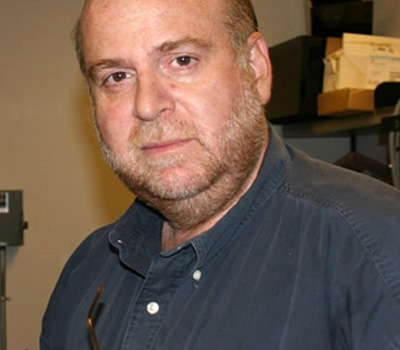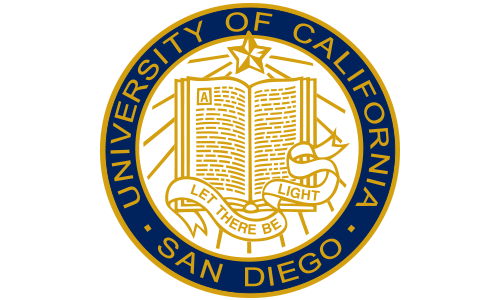Tumor-targeting and exploring the human body with nanotechnology
Dr. Sadik Esener, Nano-Engineering professor at University of California, San Diego, is researching ways to target cancer at its core. Using nanotechnology, he is shrinking electronic, photonic, and mechanical devices to a dimension where they can interact with biology. Dr. Esener has developed nanomachines that can encapsulate and carry various cargos including enzymes that interact with the tumor environment and their nutrients, reside in the body for long periods of time, and when activated by ultrasound, can produce significantly higher propulsion force and move much faster than what was previously possible, to penetrate desired tissues and cells and deliver their payloads. His technologies provide the power to deliver therapeutics specifically where they are needed the most while minimizing side effects.
Dr. Esener's work does not stop at cancer research. He is simultaneously working on improving brain mapping and imaging to be able to attack Alzheimer's and Parkinson's diseases. His sophisticated nanocapsules containing various enzymes allow for a better imaging and understanding of neurotransmitter distribution and behavior involved in Alzheimer's and Parkinson's diseases.
- Dr. Esener feels, "Using enzymes protected inside porous nanoparticles we are able to starve cancerous cells and halt their division, while at the same time targeting therapeutics to the tumor. Our technology should be applicable to a large variety of cancers."
- There is a wide range of applications for this technology. For example, ultrasound activated nanobullets can be used to navigate drugs into diseased tissue, shoot genes into cell nuclei for gene therapy, scrape deposits off arterial walls, and shoot therapeutics directly into a tumor.
- The benefits to patients are no surgery or cuts, less side effects, the need for reduced drug quantities and the possibility of incompatible therapeutic agents working together.
The increasing number of deaths by cancer every decade is alarming, making the need for this research more relevant than ever before. Dr. Esener's findings are leading the way in cancer research and taking us one step closer to winning the fight against cancer.
Bio
Dr. Esener's close family members, including his wife, passed away from cancer. During their sick periods, he learned where the problems were and the pain associated with the disease. He believes some of the research should be directed to palliative treatments to reducing the pain caused by unresectable tumors.
Dr. Esener's grandfather was the assistant to renowned physicist and chemist, Madam Curie, and died from radiation poisoning. His mother used to tell him, "I hope you discover the things my father didn't have time to."
Dr. Esener is an internationally known expert in nanotechnology, photonics and opto-electronics, and he has been closely involved with a dozen startup companies based on technology developed in his laboratories.
In the News
Microscopically small submarines that can swim through our blood to clear out clogged arteries or destroy malignant tumors
The UCSD division of Calit2 has agreed to allocate resources including the use of its new clean rooms and nanofabrication facilities as well as graduate-student researchers for a new nanotechnology center funded by the National Cancer Institute (NCI)
The My Hero Project
Publications
Videos
Awards
Collegiate Inventors Competition with Graduate Student Inanc Ortac, 2012
Since 1990, the Collegiate Inventors Competition has recognized and rewarded undergraduate and graduate students who are committed to research, discovery, invention and innovation. We also celebrate the working relationship between these students and their advisors.


